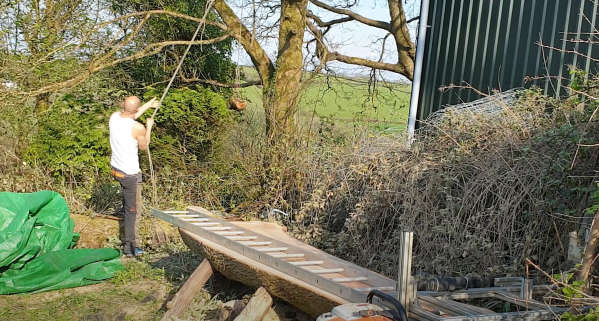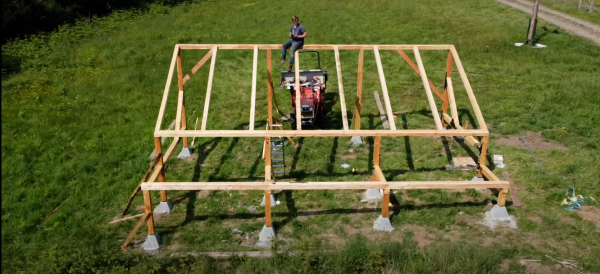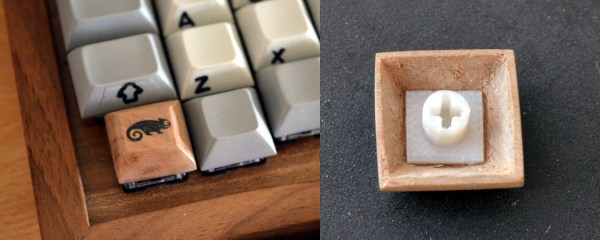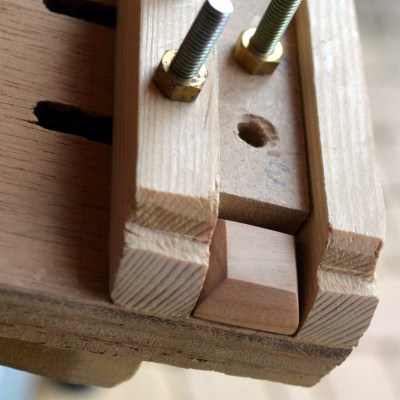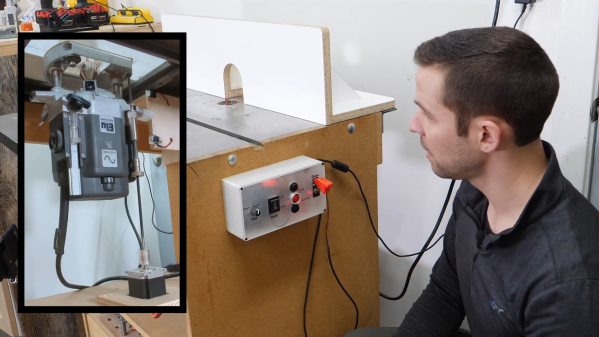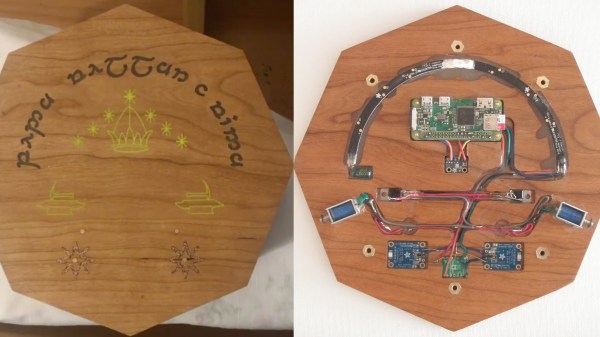[Flowering Elbow] had a large ash log that needed to be milled. He had his chainsaw and shared an excellent technique for an easier cut. After cutting down a tree, letting it dry for a season, and then hauling it to your saw site, you’re ready to cut. However, cutting a humongous tree with a chainsaw is an enormous task. A few hacks make it better, like tilting your log slightly downhill, so the chainsaw flows downhill or using a jig to keep the cut straight. Some use a winch system to drag the jig along to assist, so it’s not just pure manpower. The problem is that a winch will exert more force if the saw hits a knot or challenging section. So you would want to slow down and let the saw work through the area.
[Flowering Elbow] uses a pulley and offcut from the log and hangs it from a tree. The log drops as the cut progresses and exerts a constant force. This means that the saw can slow down during challenging sections and take the time it needs, extending the blade’s life. There are other excellent tips in the video, and combined with his earlier chainsaw mill jig, you’ll be set to mill up logs with nothing but a chainsaw and some ingenuity.
Video after the break.

